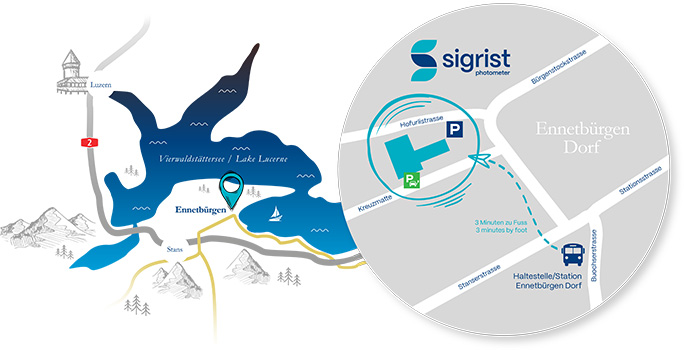To facilitate practical interpretation of the turbidity value, turbidimeters are calibrated with a standard suspension. Hence the reading is shown not in the form of the measured light intensity, but as a concentration of the calibration suspension. When a given suspension is measured, therefore, the reading shown means that the liquid in question scatters the same amount of light as the standard suspension of the concentration indicated.
The internationally accepted turbidity standard is formazine. The most common units are:
-
ASBC – “American Society of Brewing Chemists”.American unit used in breweries.
-
EBC (turbidity) – “European Brewery Convention”. European unit used in breweries.
-
FAU – “Formazine Attenuation Units”. Unit used in water treatment for transmitted light measurement (angle 0°) as prescribed by standard ISO 7027.
-
FNU – “Formazine Nephelometric Units”. Unit used in water treatment for measurement at 90° as prescribed by standard ISO 7027.
-
FTU – “Formazine Turbidity Unit”. Unit used in water treatment.
-
NTU – “Nephelometric Turbidity Unit”.
Unit used in water treatment for measurement at 90°
as prescribed by the U.S. EPA (Environmental Protection Agency).
-
TE/F - “Trübungseinheit/Formazin”.German designation used in water treatment.
Conversion table: turbidity units based on formazine:
|
1 EBC |
1 FNU
1 NTU
1 FTU |
1 ASBC |
| EBC |
1 |
0.25 |
0.014 |
FNU
NTU
FTU |
4 |
1 |
0.057 |
| ASBC |
70 |
17.5 |
1 |
Due to multiple scatter when measuring high turbidity, the concentration of the calibration suspension shows a non-linear dependence on the measured light intensity.
Figure 7 shows that the curve flattens at high turbidities. SIGRIST instruments therefore save some measuring values on this curve as supporting points in a table. This curve is internally reconstructed from this linearization table by linear interpolation of each supporting point. For this, two adjacent supporting points are each connected by a straight line, as is depicted in Figure 7.

Fig. 7: Linear interpolation of the connection between the scattered light intensity and the effective turbidity values of a standard solution in FNU
As an example, the light intensity measured in Fig. 7 at 2.4 is depicted as the turbidity value 2708 FNU.

